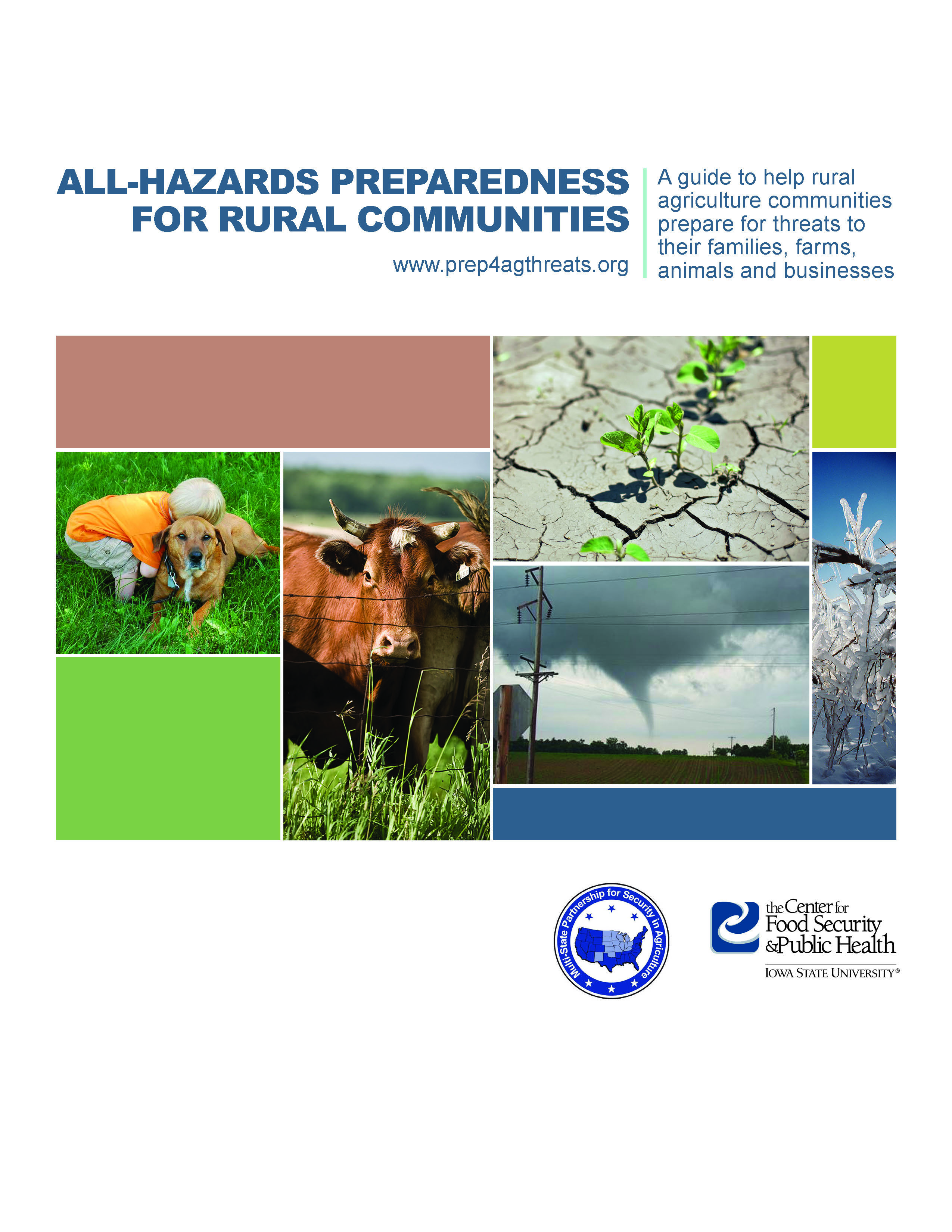By Dan Frazen, CDA's Agriculture Emergency Coordinator
Originally published by farmaid.org
Agriculture emergency managers across the country pay special attention to the needs of farmers, ranchers and rural communities. They are trained to understand how these populations are often underserved and have less resources to prepare for, respond to, recover from and mitigate the impacts of natural and human-caused disasters.
Farmers problem-solve through small disasters almost daily, and if anyone can do more with less, it’s our agricultural communities. Even with such innovation and resiliency, it’s always good to be prepared. According to a 2024 U.S. Chamber of Commerce report, “Each $1 invested in disaster preparation saves $13 in economic costs, damages and cleanup,” this is called “The Preparedness Payoff.”
We have two easy steps to guide you in investing in preparedness, or getting “ready” for disasters and their impacts on your family and farm. These steps are the keys to success, and ultimately, a more resilient farm or ranch operation.
Understanding Your Regional Hazards
CDA’s Emergency Management Team recommends that producers study their hazards and vulnerabilities. Most counties or regions have a published hazard mitigation plan (HMP) written by professionals with whole community input. It’s a good idea to find the HMP for your county and review it to understand the local threats to your family, farm, ranch or agriculture business.
Building a Preparedness Plan
A great resource for disaster preparedness tactics is The Center for Food Security and Public Health’s All-Hazards Preparedness for Rural Communities booklet. Once you know the hazards that you may face, looking at such preparedness recommendations can help you develop a comprehensive disaster response plan that works well for your business.
Developing a plan ahead of a disaster helps build resiliency, maintain business continuity and keeps your operation less reliant on the government following disasters. Farm Aid and other agriculture organizations have some wonderful recovery programs, but it’s wise to consider getting ahead of the storm and having a written preparedness plan.
Don’t hesitate to contact an emergency management professional at your local emergency management agency, county extension office, state department of agriculture or the U.S. Department of Agriculture for assistance.
